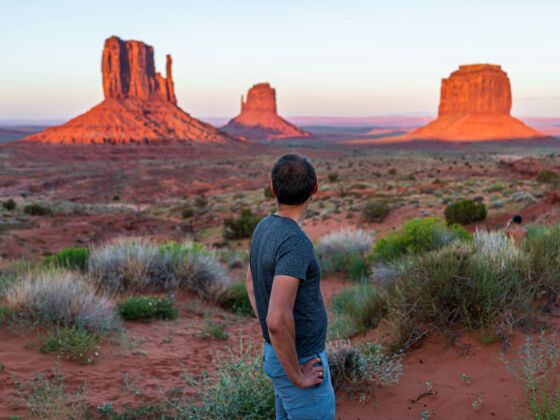1. You’ll have to drive 70 miles for a beer.
The Navajo reservation is dry and no alcohol can be bought or transported on to it. Because Navajoland is the largest piece of indigenous land in the world — with over 25,000 square miles stretching across Colorado, Utah, New Mexico and Arizona — you may be driving some time before you can get yourself a beer at a “border town” like Gallup, New Mexico, on the outskirts of the rez.
